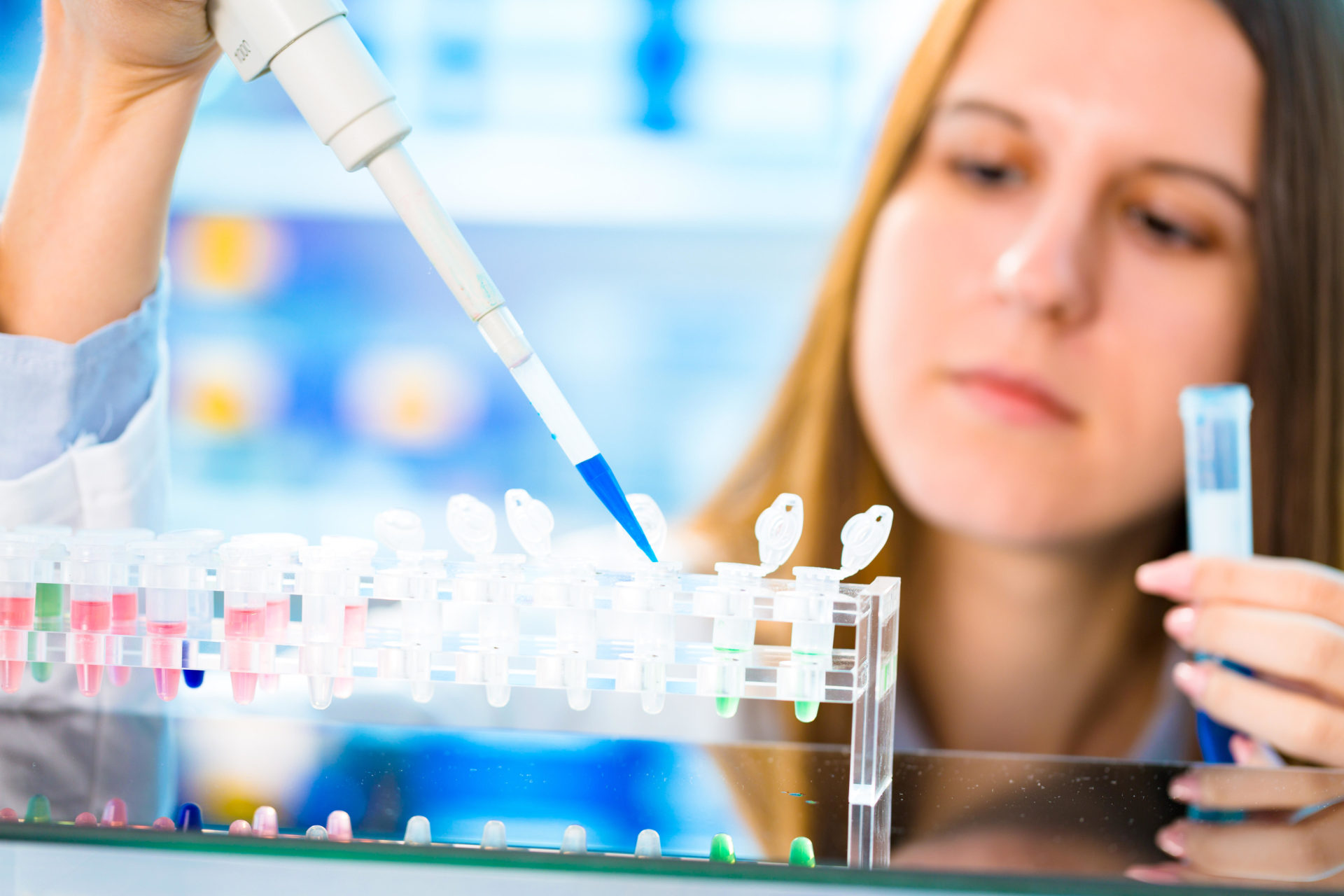This week on the Show Me the Science podcast, Professor Luke O’Neill dives into stem cells – what they are, how they work, and the medical advancements surrounding them.
Stem cells are a special type of cell with two important properties – self renewal, and the ability to adapt into a different type of cell if needed.
They are found in almost every tissue in the human body and are needed for the maintenance of tissue as well as to allow the body to repair itself after an injury.
Prof O’Neill explained that stem cells are often used as a “living drug” to treat certain diseases and illnesses.
“There are biologic therapies you can inject based on antibodies, and these are seen as sort of standard ways to treat disease,” he said.
“This is injecting live cells into your body; we use the term cell therapy for this because you’re actually growing up cells in a test tube, and they’re now being injected.
“The first time this was really used was for leukaemia, that is a type of cancer of your immune system, and your immune system is made in your bone barrow.
“They realised, well, what if we get rid of all the leukemic cells by using chemo, kill them all off, and then replace the bone marrow with a donor bone marrow who hasn’t got the leukaemia cells.”
 Stem cell research for the treatment of cancer. Image: 27 May 2015
Stem cell research for the treatment of cancer. Image: 27 May 2015Stem cell therapy is used to treat multiple diseases outside of leukaemia, including sickle cell disease, some forms of tumours and lymphoma.
However, Prof O’Neill said that in the future, it could also be used to treat Parkinsons and Alzheimer's.
“The science is tremendous behind this,” he said.
“There are things called induced pluripotent stem cells – iPSCs is what we call these.
“They were discovered by a Japanese scientist called Yamanaka.
“There were many people trying to do this, they were adding various chemicals and factors and they were managing to de-differentiate, to some extent.
“But Yamanaka discovered that if you stuck four genes into that skin cell, it became almost like a fertilised egg.
“Those four genes are called MYC, OCT, SOX2, KLF.”
According to Prof O’Neill, while no treatments have been approved so far, Parkinsons could be treated by injecting patients with these genes.
These genes would then replace the neurons lost by those suffering from the disease.
Main image: Luke O'Neil (L), scientist holding tray (R).









